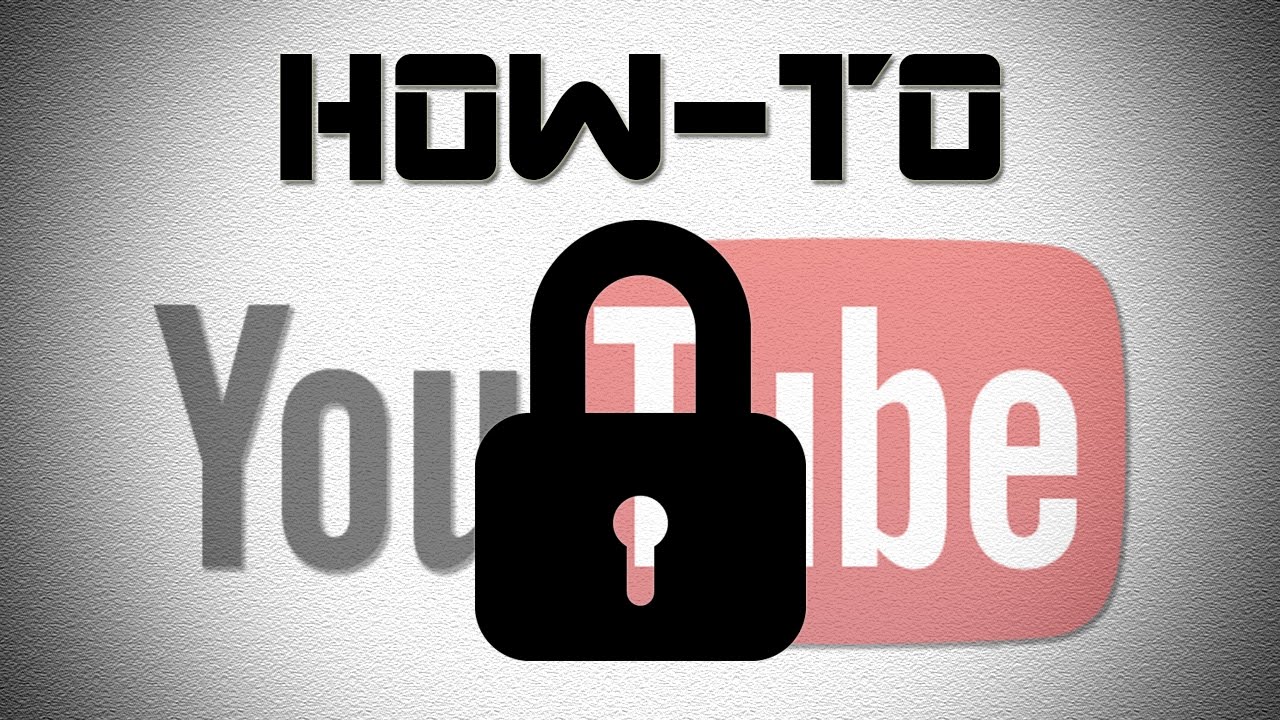Full Review of “How to Create a Private Video on YouTube”
Creating content in today’s digital world can feel daunting, especially when it comes to managing your privacy. If you’re looking for a way to share videos without broadcasting them to the entire world—perhaps to family, friends, or a select group of followers—the guide on “How to Create a Private Video on YouTube” is a valuable resource. This review will dissect its offerings comprehensively.
Understanding the Basics of YouTube Privacy Settings
YouTube provides users with a versatile platform for various purposes. Knowing the difference between public, unlisted, and private videos is fundamental. This guide offers you clarity on what these terms signify:
| Privacy Setting | Description | Who Can See |
|---|---|---|
| Public | Anyone can see the video in searches and on your channel | All YouTube users |
| Unlisted | Only users with the link can view it | Anyone with the link; not found in search results |
| Private | Only you can view it, or users you invite | Only users you specifically choose to share it with |
Step-by-Step Instructions
The heart of this guide lies in its step-by-step instructions. You might be a beginner, or perhaps you’re more seasoned in using YouTube’s features. Either way, the clarity of the instructions helps in making the process seamless.
-
Sign in to Your YouTube Account
- Navigate to YouTube and log in. This feature requires an active Google account.
-
Go to YouTube Studio
- Click on your profile picture at the top-right corner, and select “YouTube Studio” from the dropdown menu.
-
Upload Your Video
- Click on the “Create” button (typically represented by a camera icon) located in the top right.
- Select “Upload Video” and drag your video file or browse to choose it.
-
Adjust Video Information
- While your video is uploading, you’ll have the opportunity to add a title, description, and thumbnails.
-
Set the Privacy to Private
- After your video has uploaded, you’ll come to a section labeled “Visibility.” Here, you can select ‘Private’ to ensure that only chosen people have access to view it.
-
Select Your Audience
- You can choose specific users you want to share the video with. They will receive a notification and be required to sign in.
Privacy Control: More Than Just a Setting
You’re likely wondering what makes the privacy control section of this guide crucial. Understanding privacy settings isn’t just about toggling options; it’s about managing your digital footprint. The guide elaborates on the implications of each choice, helping you weigh the pros and cons effectively.
For example, going public might be suitable for disseminating a message to a broader audience, whereas private videos allow for greater discretion. The balance between outreach and privacy is an essential consideration, especially if you’re managing sensitive or personal information.
Expert Tips for Sharing Private Videos
The guide doesn’t stop at technical instructions. It enriches your understanding of how to effectively manage your shared content. Here are some significant tips that enhance your experience:
-
Sharing with Specific Users: You can share a private video with users by adding their email addresses. Once done, those users will receive an email invite to view your video.
-
Safety First: Always double-check that you’re comfortable with the users you’ve granted access to your video. Their access only remains as long as you keep the video private.
-
Revoking Access: If you wish to take back access later, you can easily manage your shared users from the same visibility settings page.
Visual Aids and Screenshots
Sometimes words aren’t enough. This guide incorporates visual aids that reinforce the instructions provided. These screenshots and illustrations serve as quick reference points, allowing you to confirm you’re on the right track throughout the entire video creation process.
When instructions are paired with visuals, it becomes much easier to follow along, especially for those who may not be as tech-savvy. The visual aids bridge the gap between understanding and execution.
Frequently Asked Questions (FAQs)
This segment of the guide addresses some common queries regarding YouTube privacy settings and video management. Here’s a snapshot of those frequently asked questions that you might find helpful:
-
Can I change my video from private to public later? Yes, the flexibility of YouTube allows you to modify your video’s privacy setting at any time.
-
What happens if I share a private video with someone who doesn’t have a YouTube account? They will need to create a YouTube account to access your private video.
-
Can I link a private video? No, private videos can’t be linked or shared through social media platforms or other websites.
Conclusion
All things considered, the “How to Create a Private Video on YouTube” guide is a comprehensive resource. By breaking the process down to easily digestible steps, providing insightful privacy control information, and offering expert advice, this guide equips you with the knowledge essential for managing your video content effectively.
By mastering the art of creating private videos, you can comfortably share personal moments or sensitive content without the fear of widespread exposure. The journey towards personalizing your video-sharing experience is straightforward, thanks to this valuable guide.



